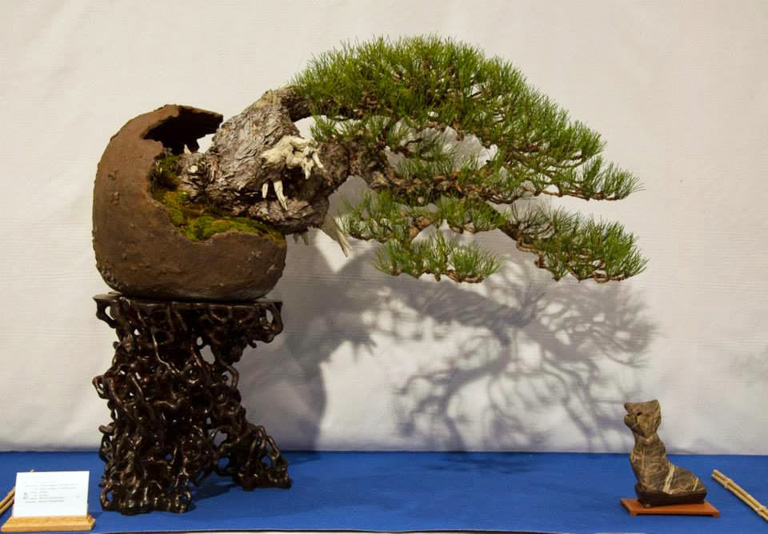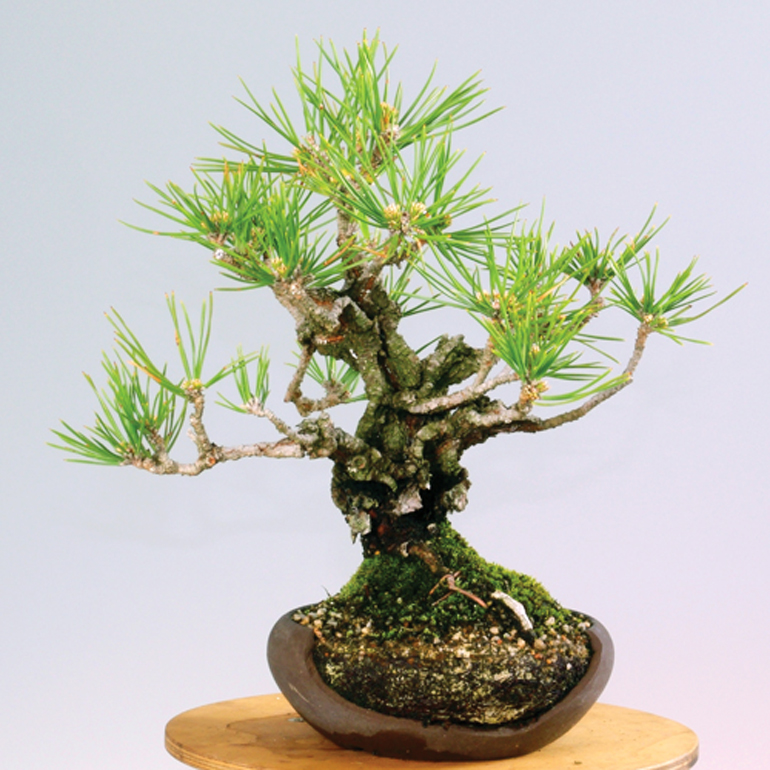
Time to repot. Morten Albek intentionally broke the pot to show this Cork bark Japanese black pine’s dense root mass. From Morten’s book, Shohin Bonsai (Stone Lantern Publishing).
Vacation ended around midnight last night. Still, in light of a whole slew of post vacation demands, I’m going to indulge in one more journey into our archives. This one is from August, 2009, which in the life of this blog, qualifies as ancient.
We’ll stick with our current topic, fall transplanting. With one caveat: opinions abound on how to do most anything, and fall transplanting (really almost any bonsai task) is no exception.
Why transplant in the fall?
If you transplant in the fall your trees can take full advantage of the next growing season. If you transplant in the spring (that’s when most people do it), by the time the tree recovers, you’ve lost part of the growing season.
Why not transplant in the fall?
If you have an early winter and your bonsai haven’t fully recovered from transplanting, then you risk serious damage (or worse). If you rootprune heavily, the risk goes up. If you want to play it safe, fall transplant only those trees that need light to moderate root pruning.
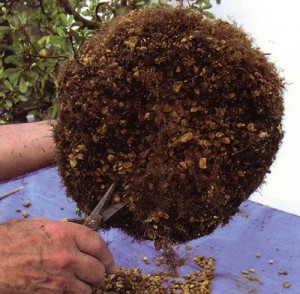
Doing some light rootpruning. From Robert Callaham’s Satsuki Azaleas, for Bonsai and Azalea Enthusiasts (Stone Lantern Publishing).
When?
Fall transplanting season is coming up. When depends mostly upon where you live. There are other considerations too, like the type of tree, the health of the tree, your experience and confidence, how much you need to prune off the roots and more.
A rule of thumb
Six weeks before you might expect an early hard frost, is a pretty good rule of thumb for fall transplanting. However, you can’t be too literal about this. Prolonged late hot spells need to be considered (here in northern Vermont, where summers are more often than not quite mild, this usually is not a problem) as does how much you need to rootprune and the type of tree.
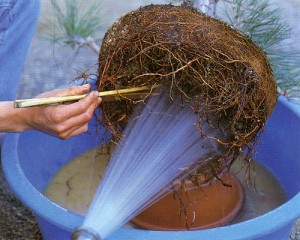
If the soil is old and compacted you need to remove it (see note just below). A hard steam of water and root tools are the best way to get it all off. Because the roots are so compacted, you’ll need to do some serious rootpruning. Unless you are an old pro, you might be better off saving this for spring transplanting. From Bonsai Today issue 17 (all back issues of BT are now on sale). Note, in a discussion last year with Michael Hagedorn, he strongly discouraged washing off, or otherwise removing all the old soil when transplanting. What he did suggest (in regards to a specific tree) was taking half of the old soil off (one side) this time and the other half off next time.
The type of tree matters
Deciduous trees need special consideration as you don’t want to rootprune when they have a full canopy of leaves. Conifers, especially junipers, and broad leaf evergreens are usually safest for fall transplanting, though there are variables here too. If you need more information, try to talk to someone knowledgeable who lives in your area.
Don’t forget aftercare
After transplanting, your margin of error goes down, especially with watering (don’t keep the soil too wet, but don’t let it get bone dry). Misting can help. Avoid midday sun, especially if you live in a hot dry climate.

A freshly transplanted Black pine. The photo is from our Masters’ Series Pine book.
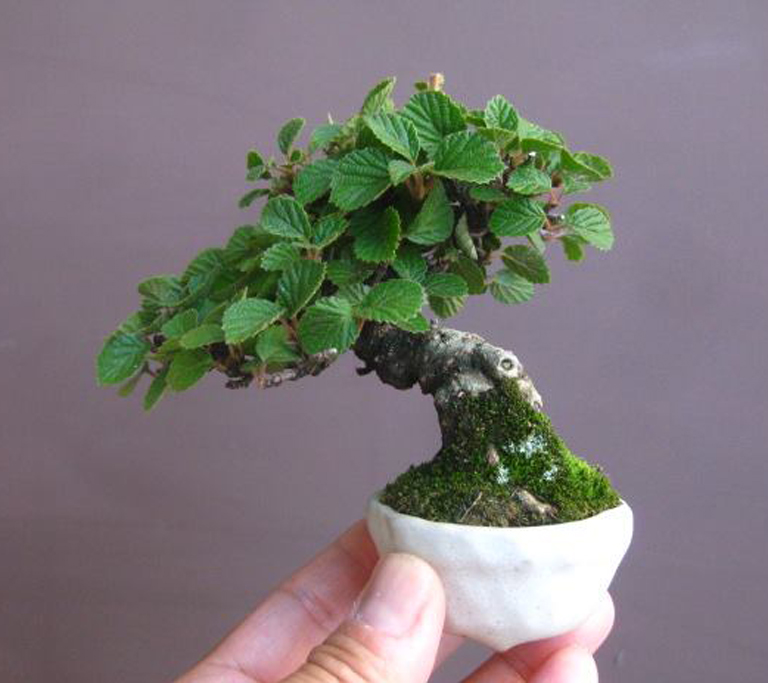
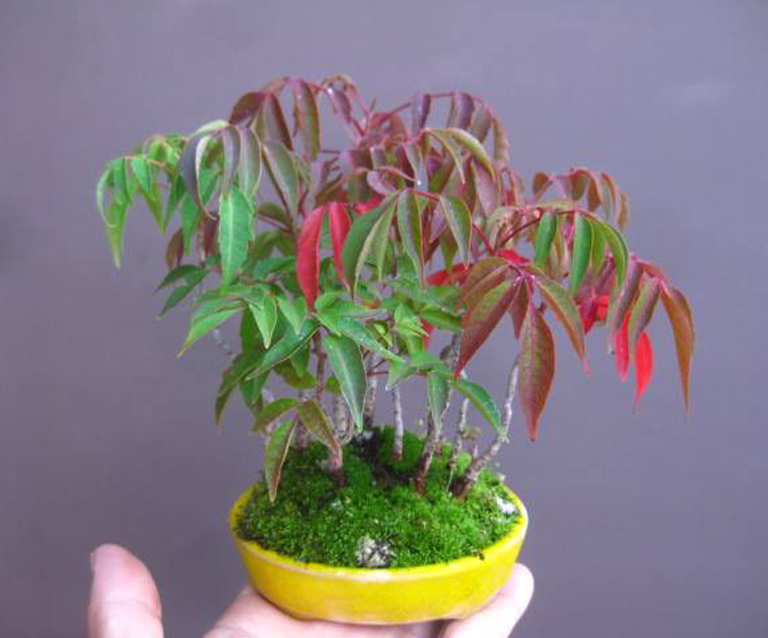
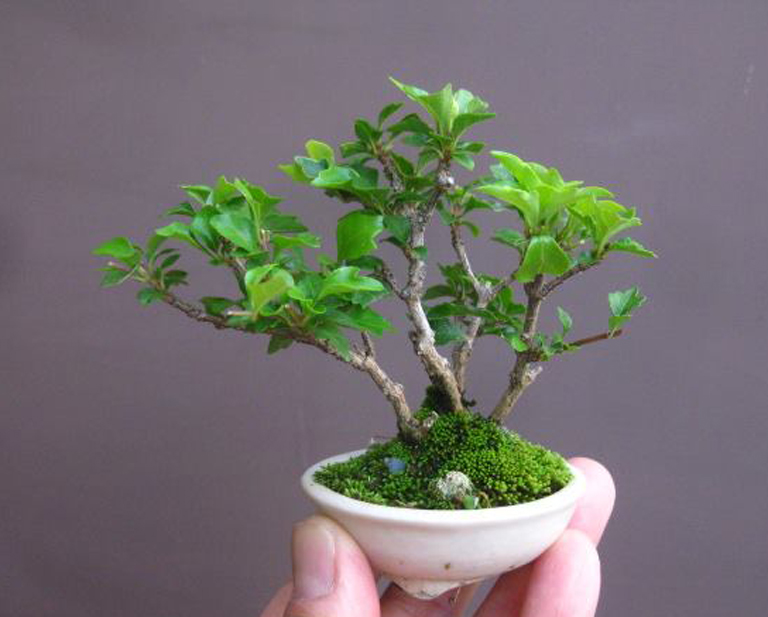
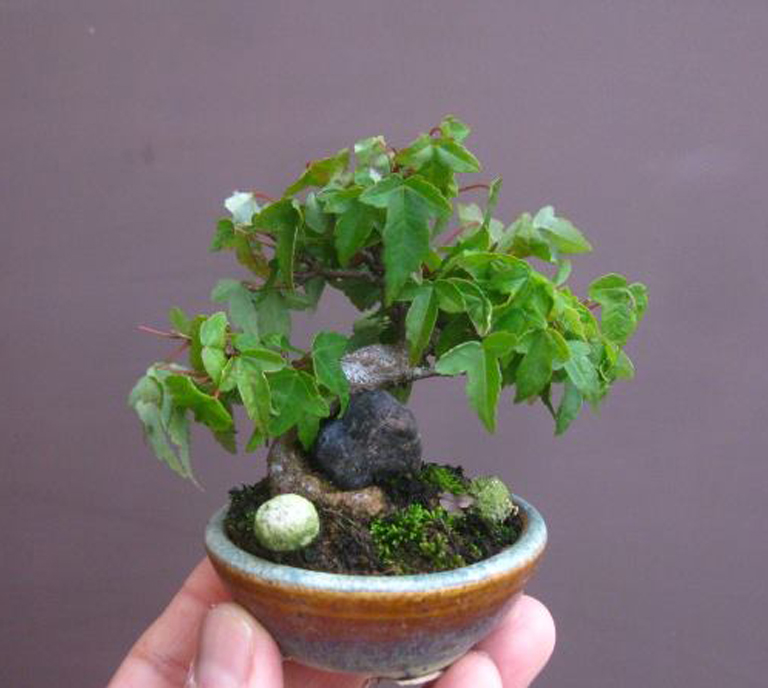
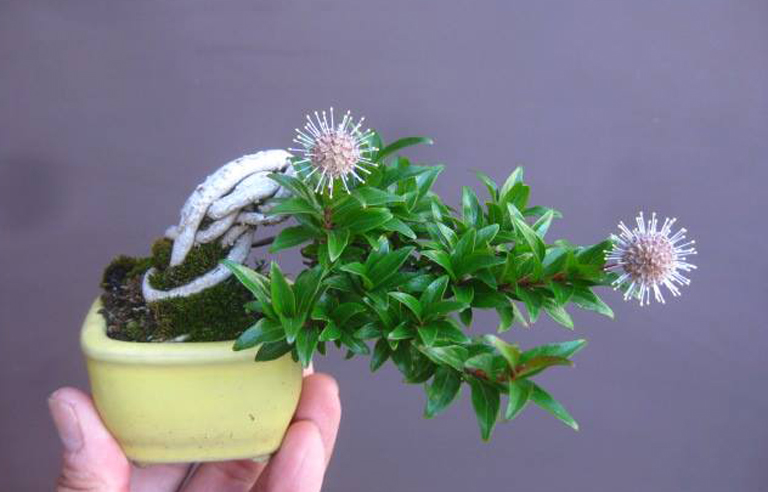
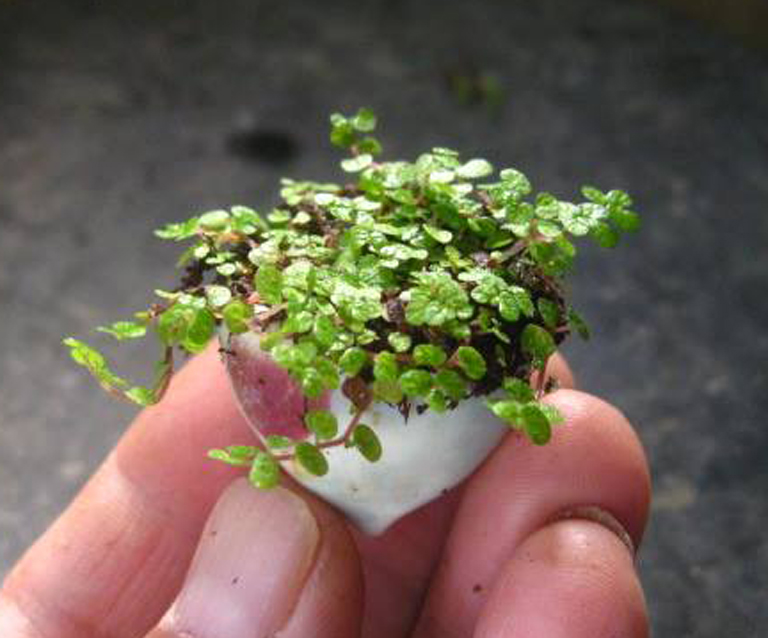
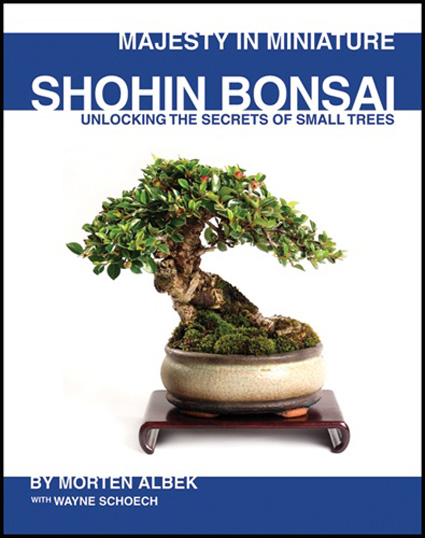
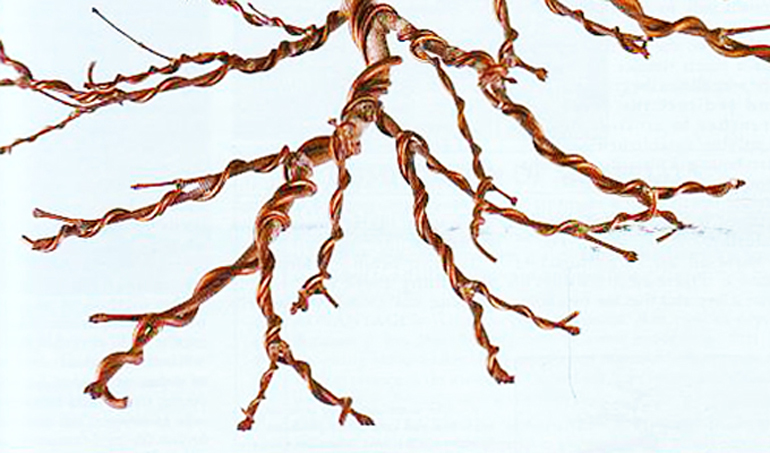

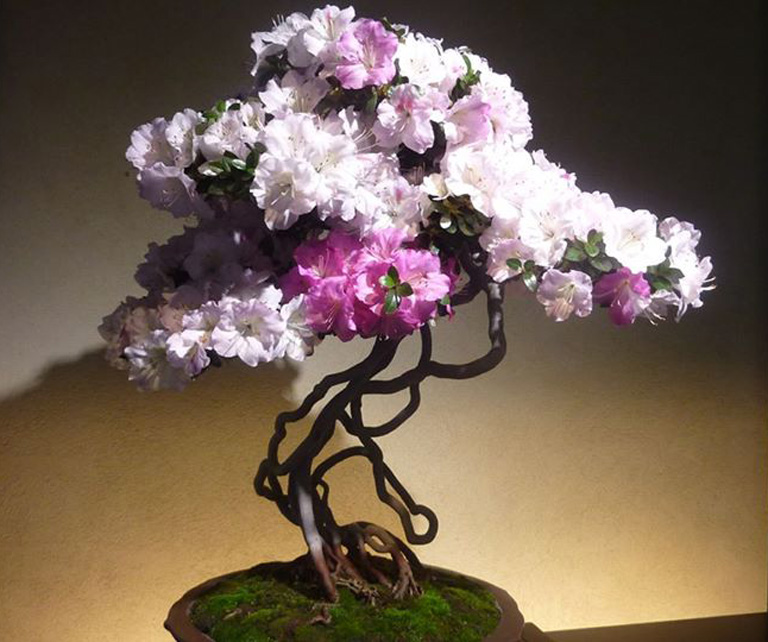
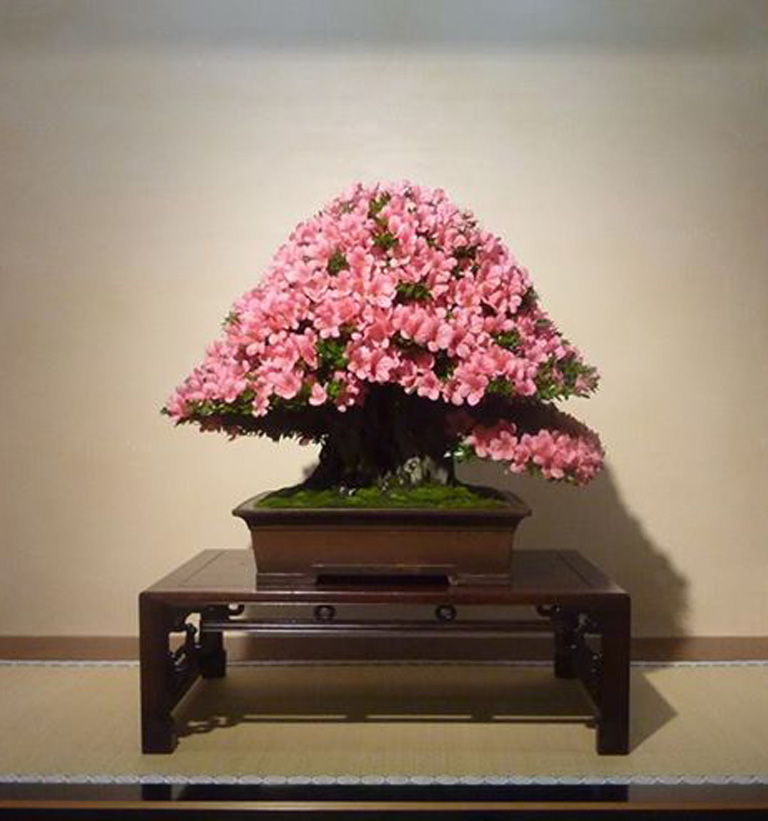
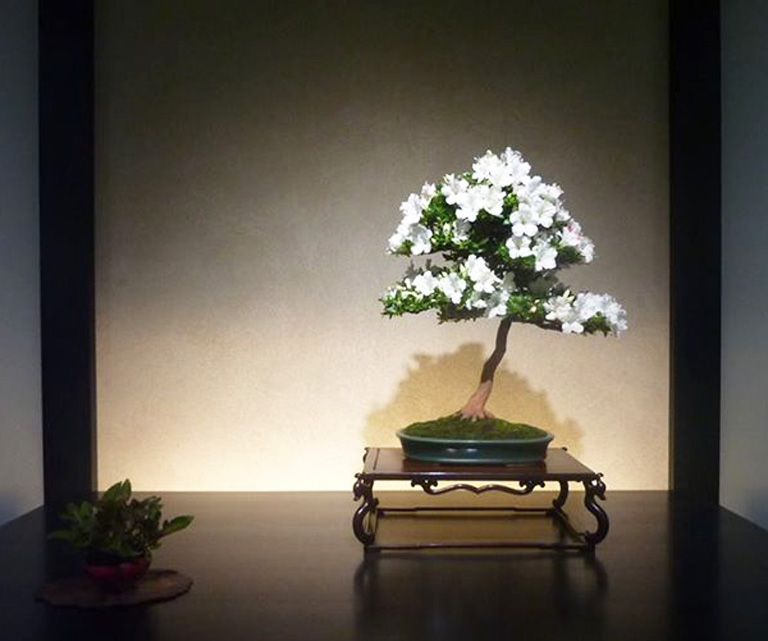
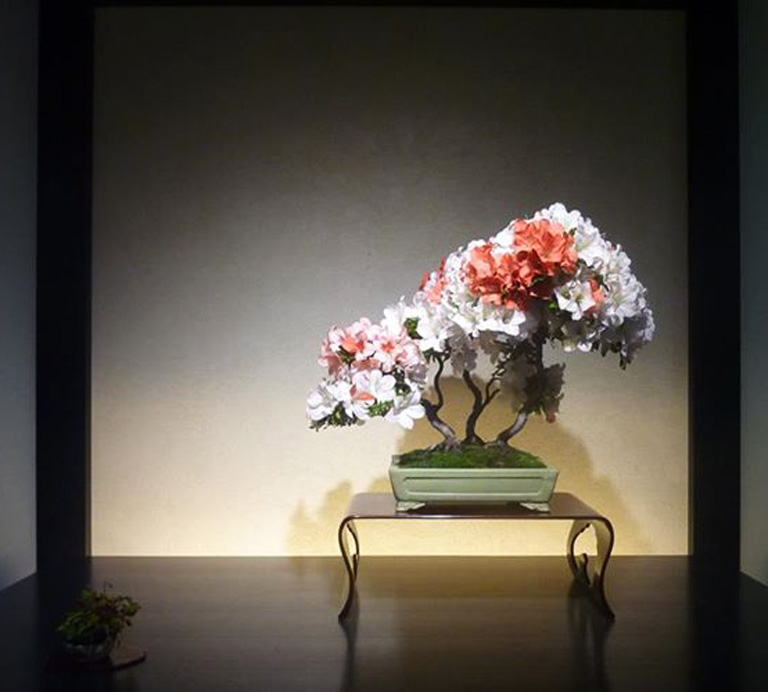
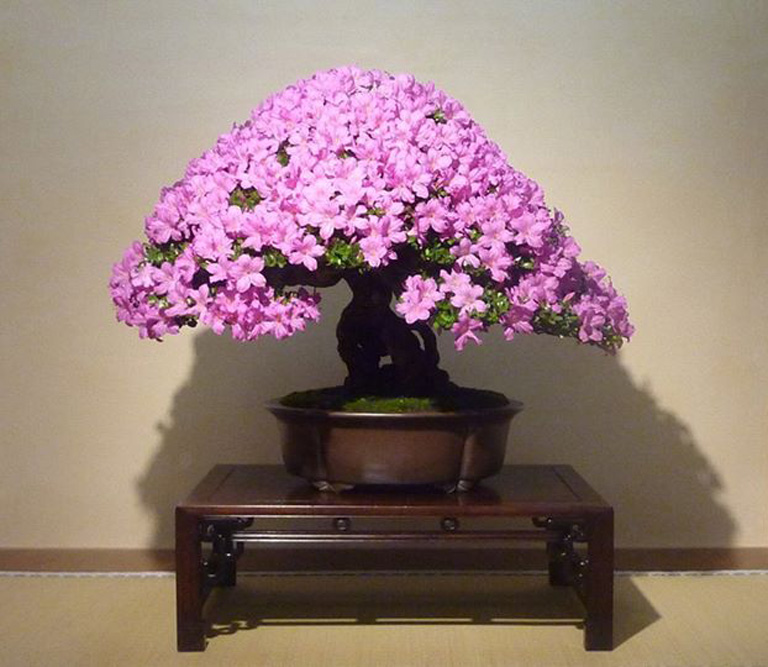
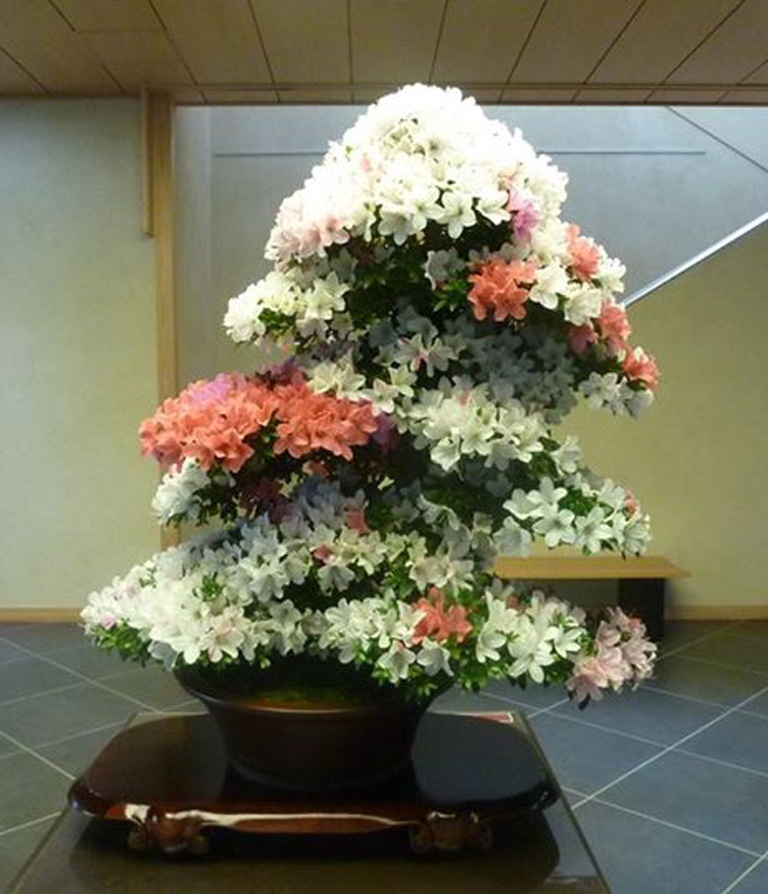
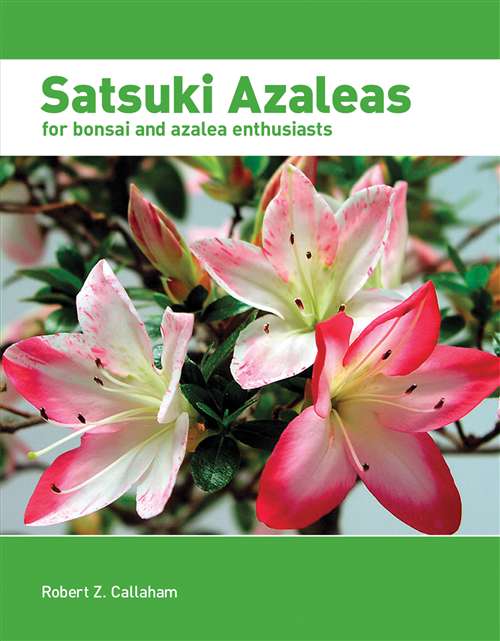




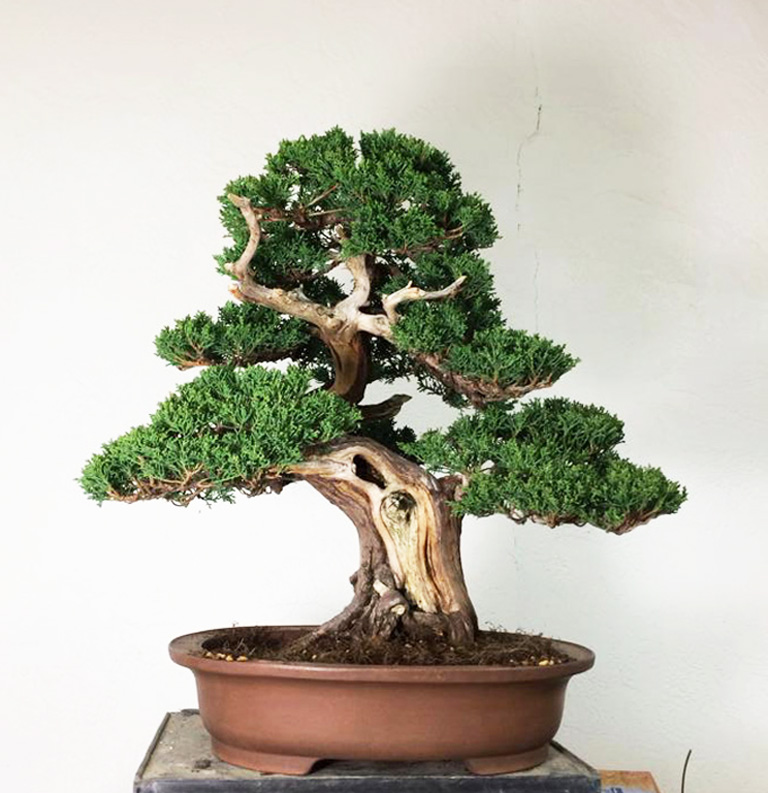
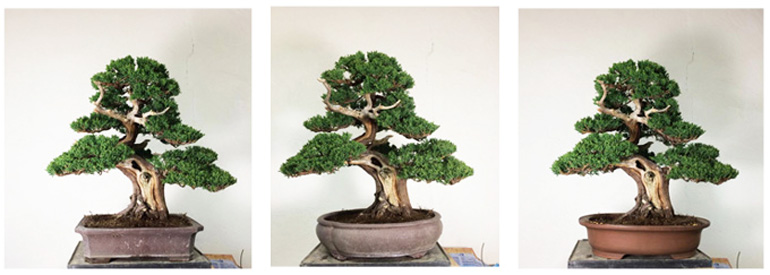
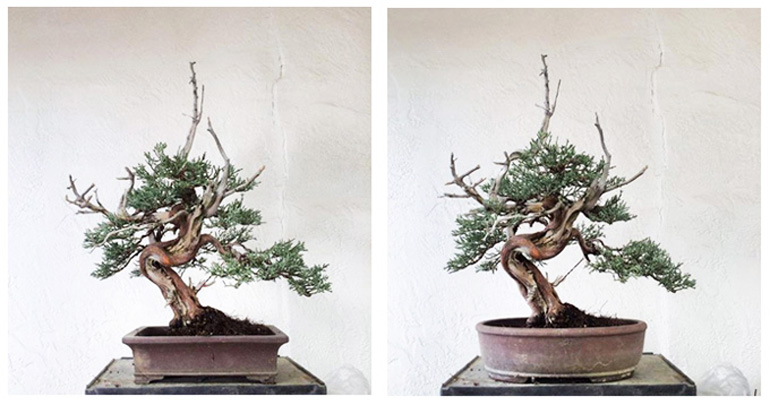
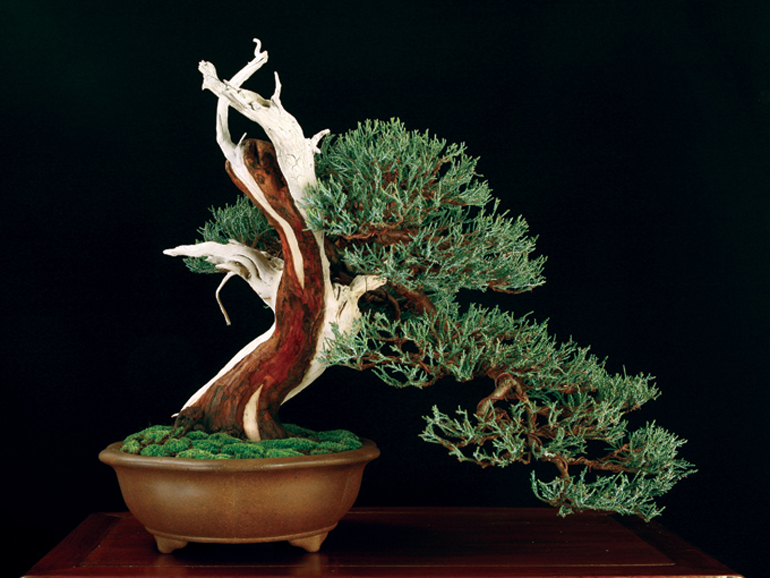
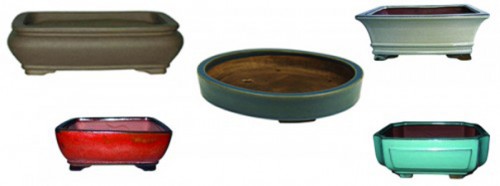
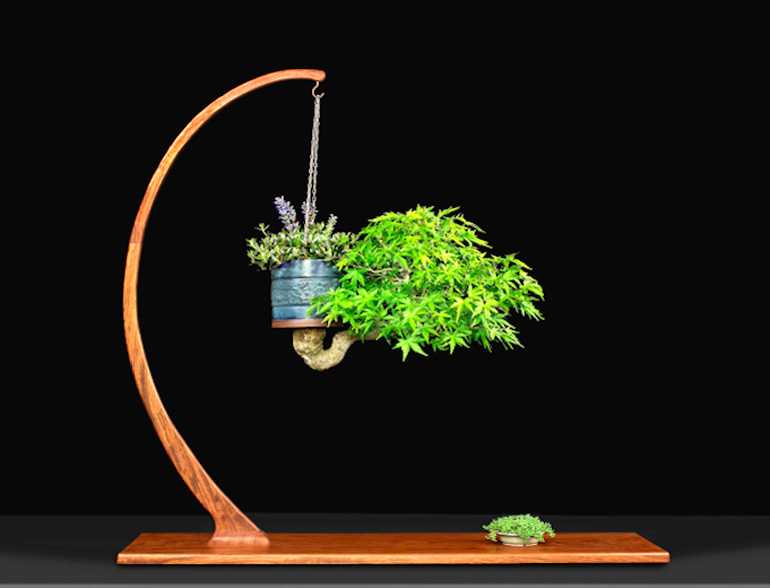
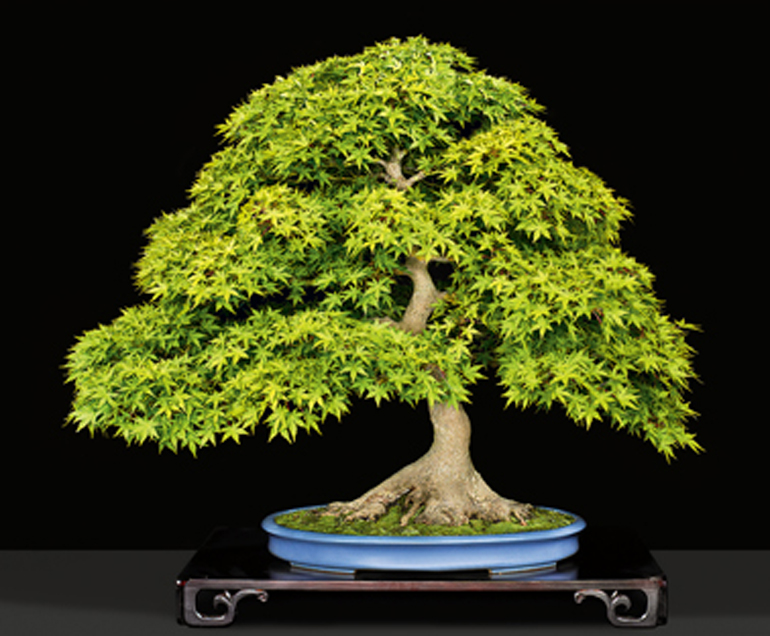
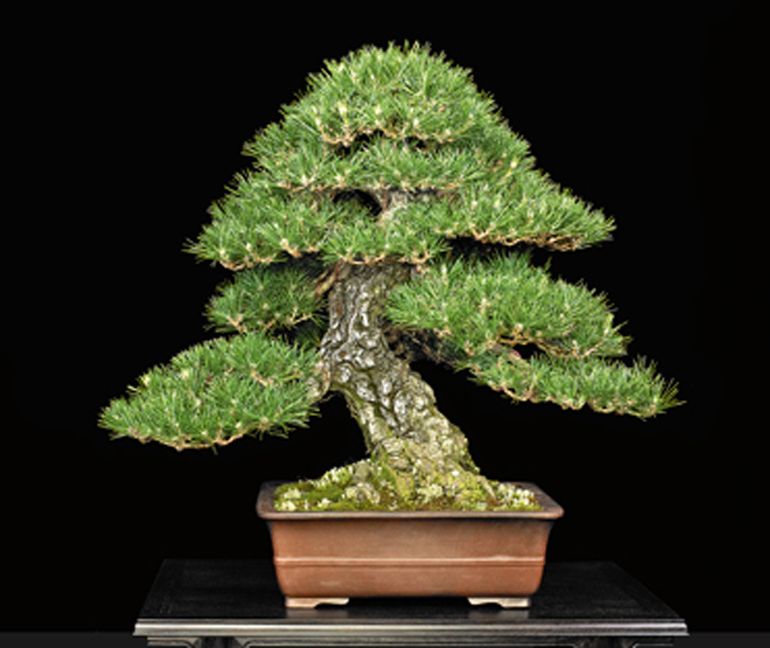
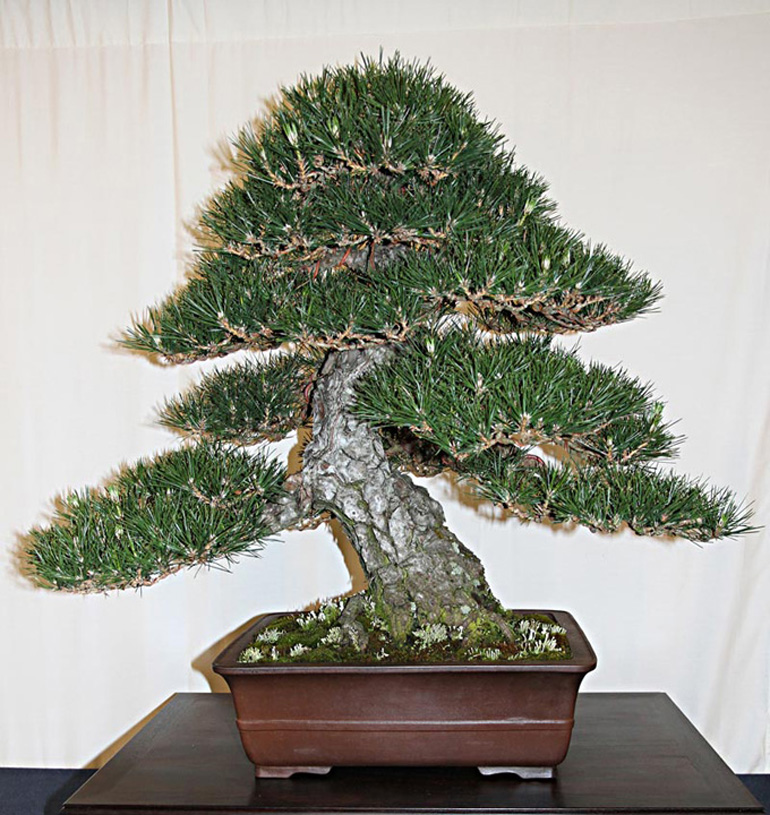
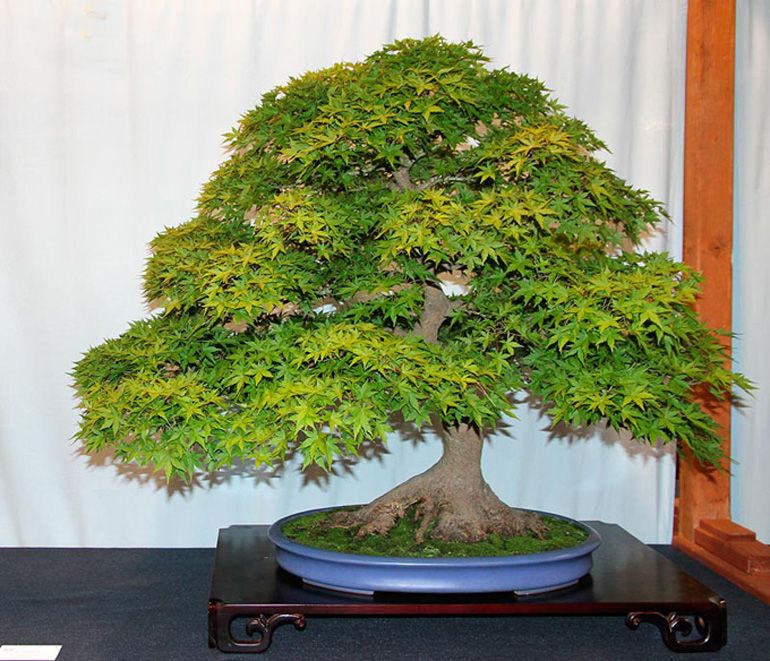
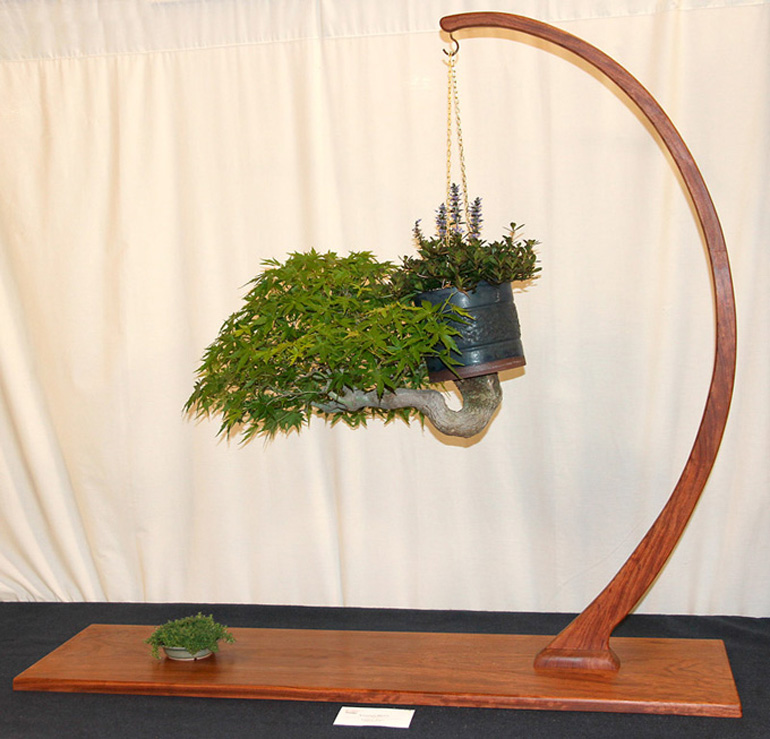
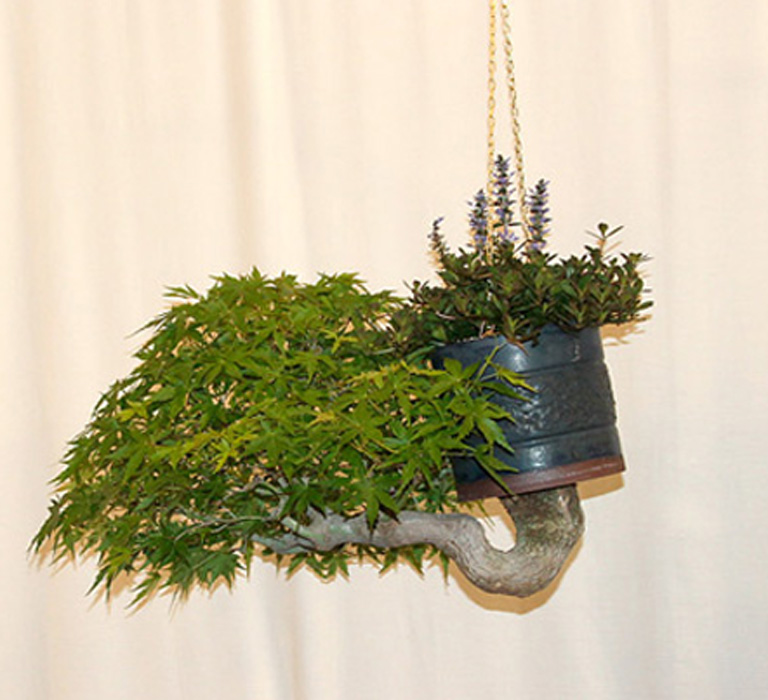
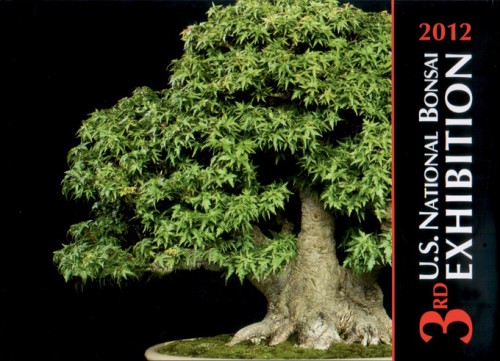

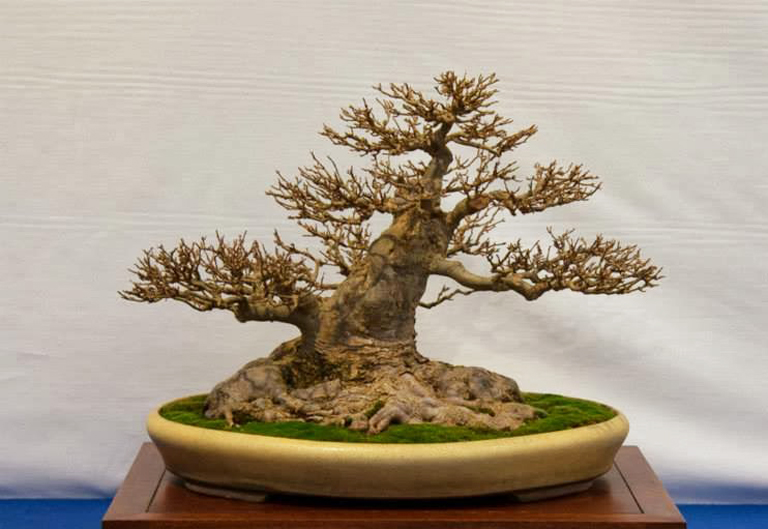
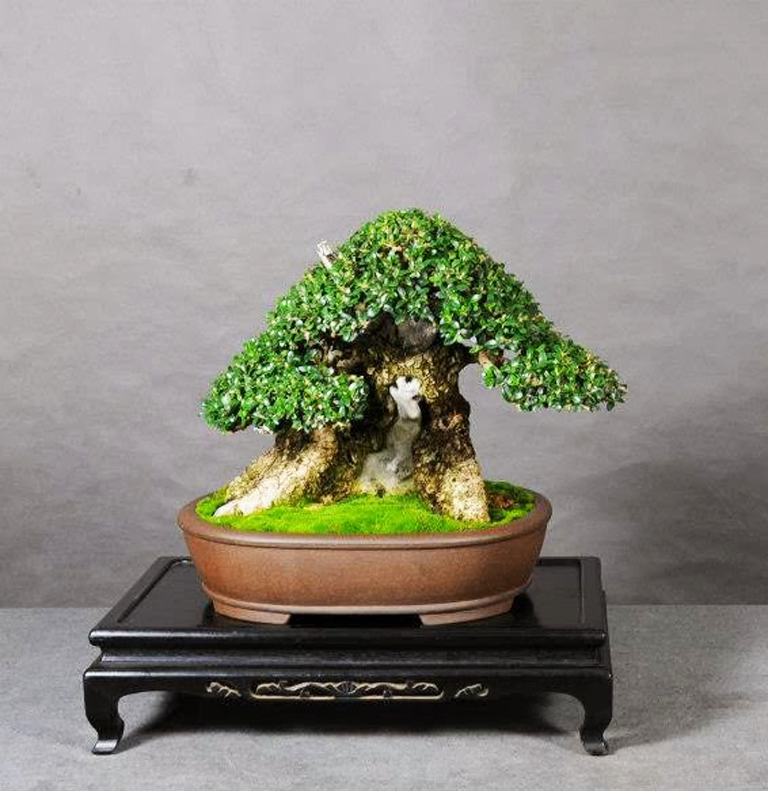 This one just says ‘Winner Kifu’. Like most of the other photos in this post, it was cropped to bring the tree closer.
This one just says ‘Winner Kifu’. Like most of the other photos in this post, it was cropped to bring the tree closer.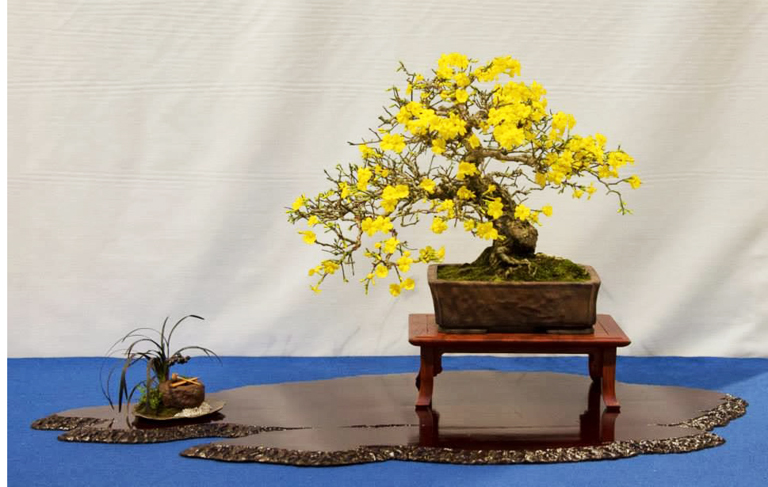 The yellow flowers are great, but what really caught my eye is the slab. There are no dimensions given, but you can tell it’s an unusually large piece of an unusually large tree. The bonsai is a Jasminum nudiflorum.
The yellow flowers are great, but what really caught my eye is the slab. There are no dimensions given, but you can tell it’s an unusually large piece of an unusually large tree. The bonsai is a Jasminum nudiflorum.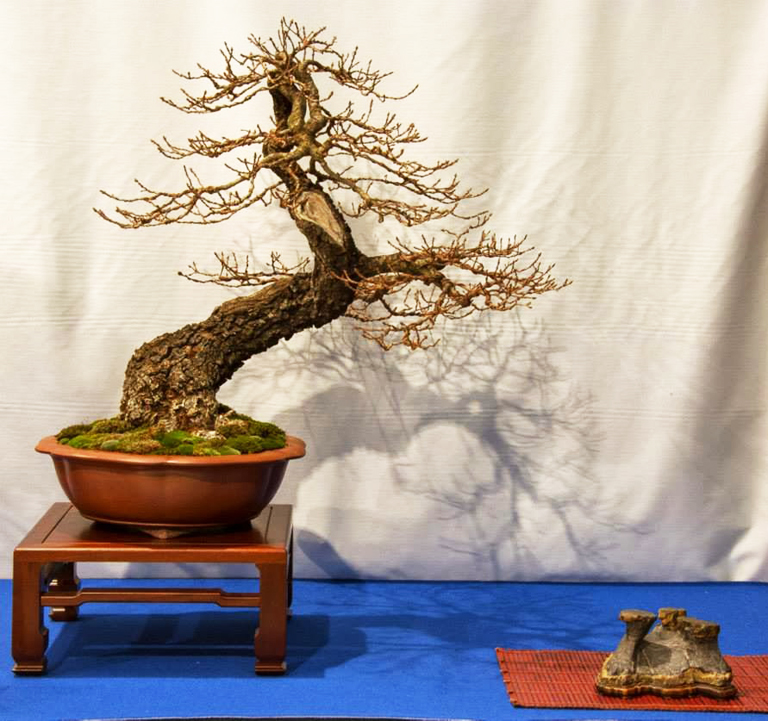 Part of the reason to show this massive old deciduous Oak is the great shadow dance. The other part is the massive old deciduous Oak itself, with its bark, taper, flowing lines and all the rest.
Part of the reason to show this massive old deciduous Oak is the great shadow dance. The other part is the massive old deciduous Oak itself, with its bark, taper, flowing lines and all the rest.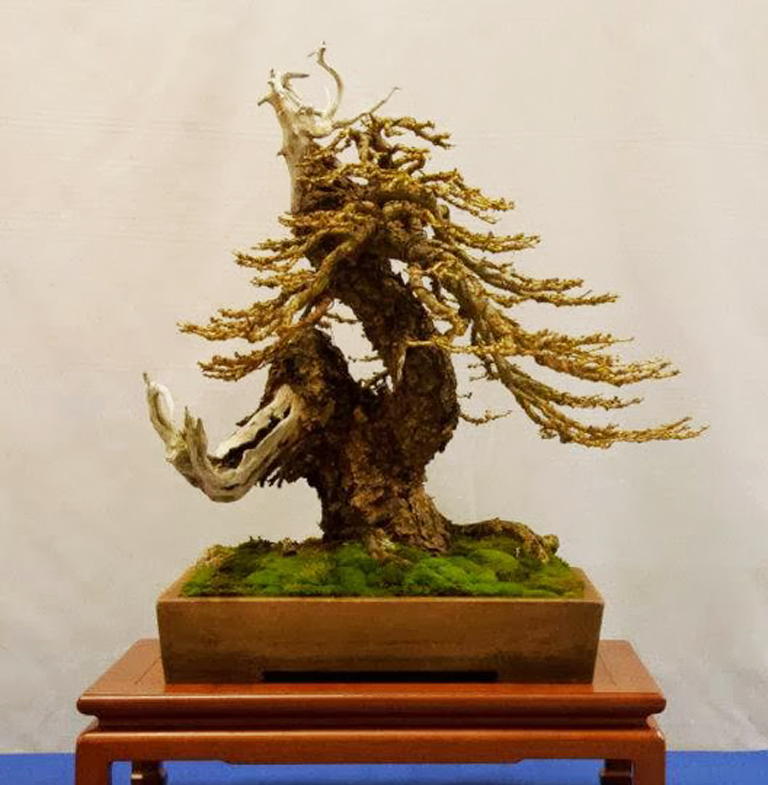
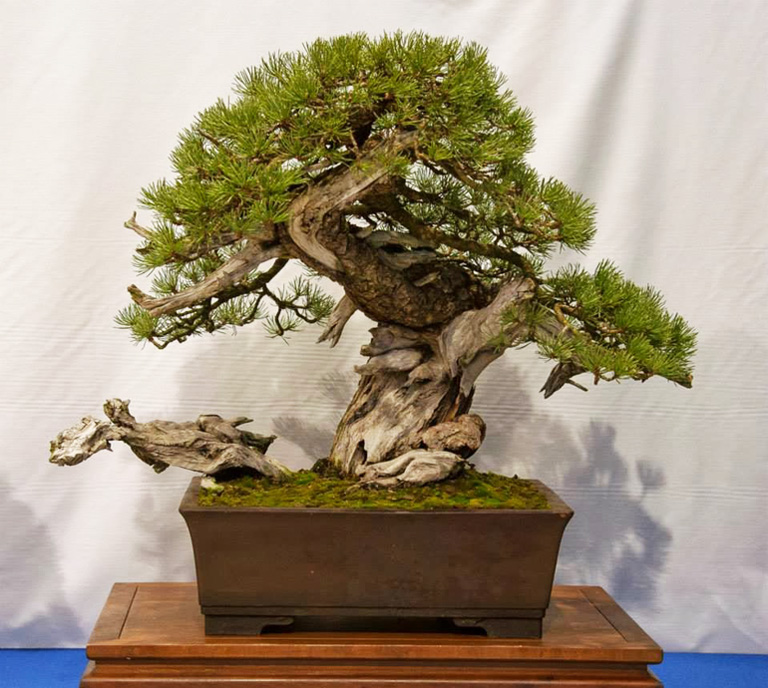 This impressive and rather massive Mugo pine belongs to
This impressive and rather massive Mugo pine belongs to 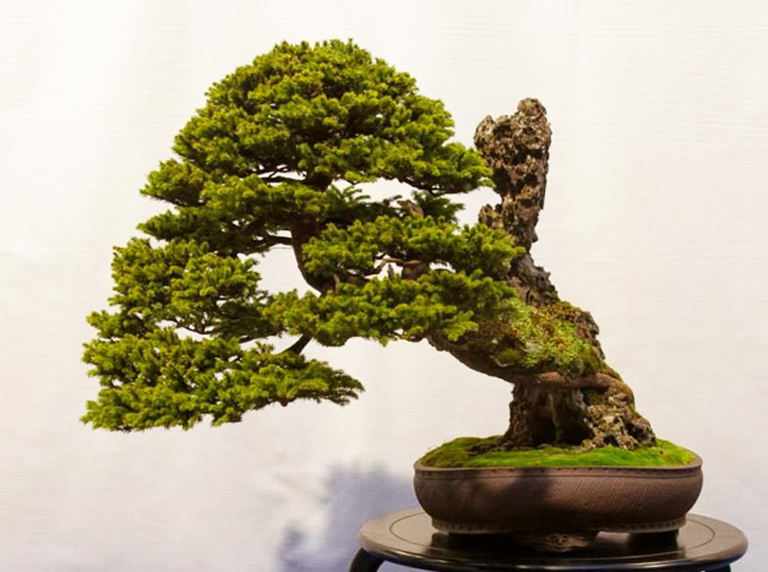
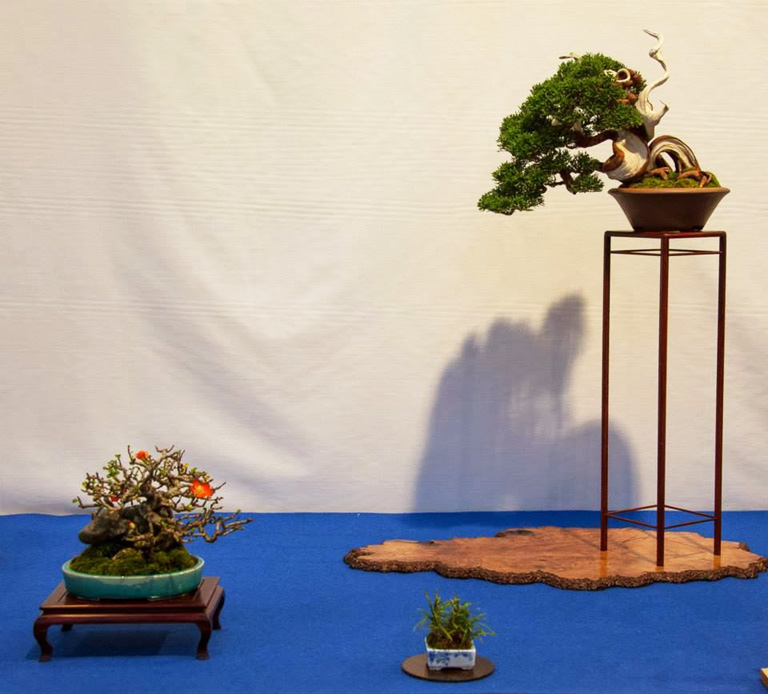 Kifu display by
Kifu display by 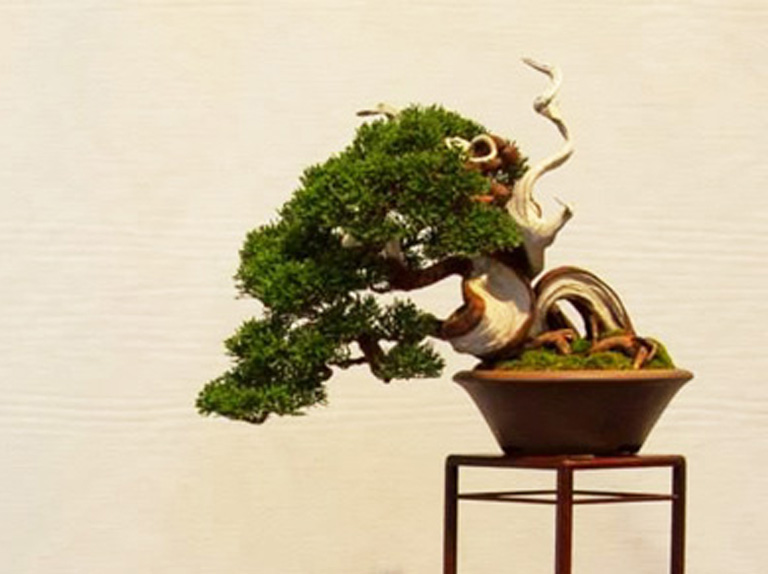 A fuzzy closeup of John Armitage’s Shimpaku from the photo above. I wonder if the stock was imported from Japan or Taiwan, or is home grown European. Maybe someone will clue us in.
A fuzzy closeup of John Armitage’s Shimpaku from the photo above. I wonder if the stock was imported from Japan or Taiwan, or is home grown European. Maybe someone will clue us in.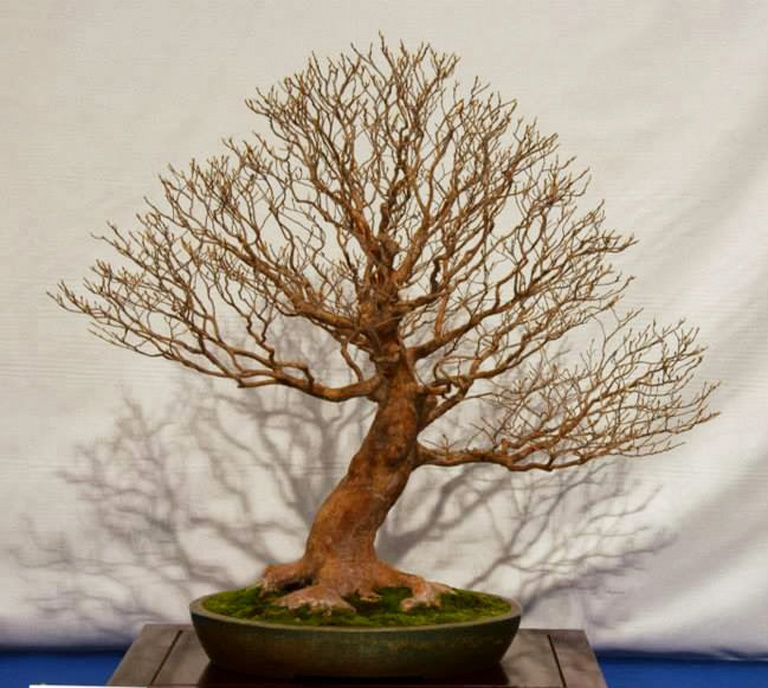 I was just going to show trees with the artist’s name attributed, but I couldn’t resist this lovely Stewartia with it’s remarkable nebari, trunk and ramification. I wonder if the stock comes from Europe or Asia.
I was just going to show trees with the artist’s name attributed, but I couldn’t resist this lovely Stewartia with it’s remarkable nebari, trunk and ramification. I wonder if the stock comes from Europe or Asia. 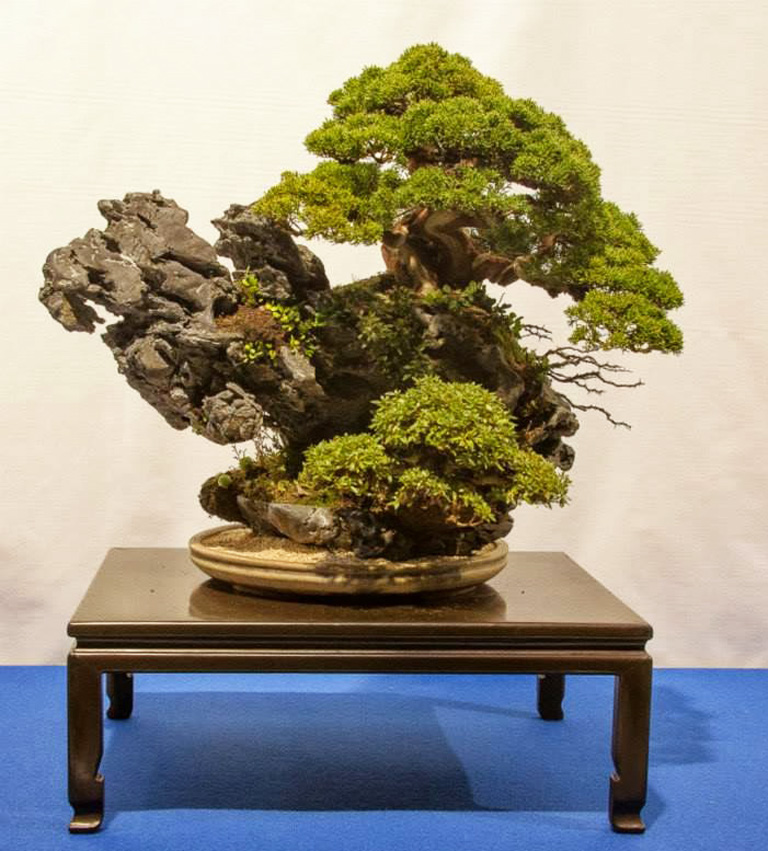
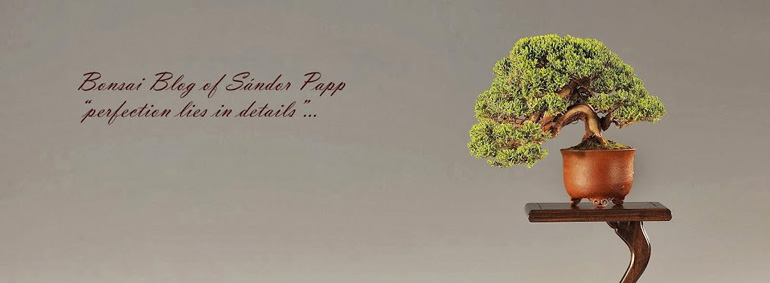
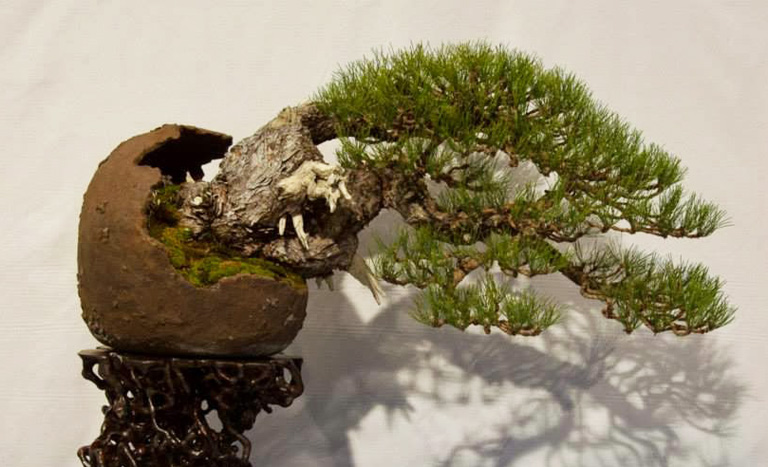 European black pine (Pinus nigra) by
European black pine (Pinus nigra) by  I really like this wild old Buxus (boxwood), even though the photo is a little fuzzy. I like the pot too and it seems pretty good with this tree, though I wonder if an oval pot that is a little longer and a bit shallower might be even better? Sandro’s caption says the tree belongs to Mugo Ferrari, but I think the name is
I really like this wild old Buxus (boxwood), even though the photo is a little fuzzy. I like the pot too and it seems pretty good with this tree, though I wonder if an oval pot that is a little longer and a bit shallower might be even better? Sandro’s caption says the tree belongs to Mugo Ferrari, but I think the name is 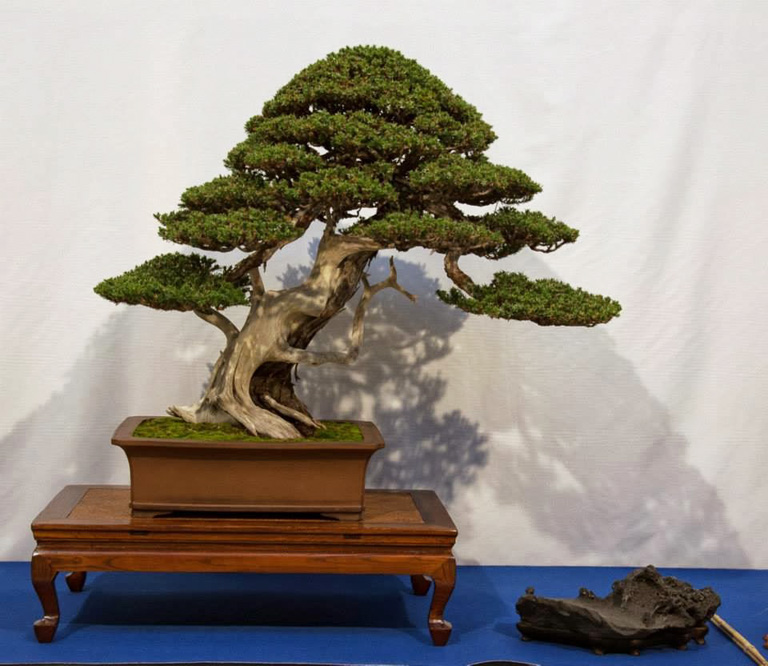 Another great tree. The caption says Juniper procumbens by
Another great tree. The caption says Juniper procumbens by 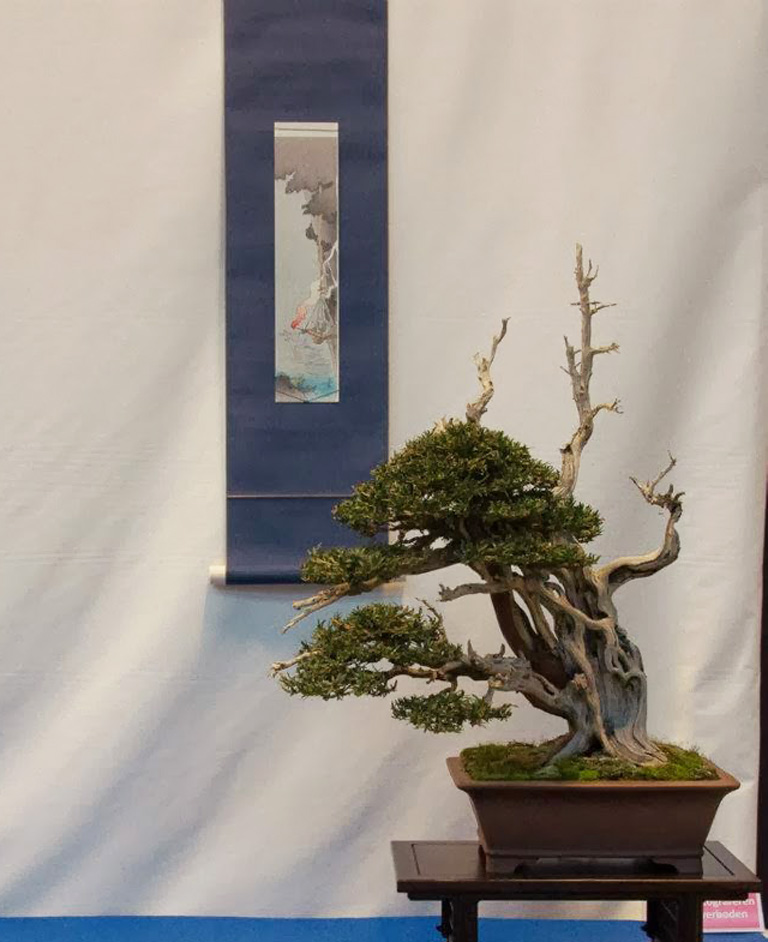 This magnificent tree with it’s wild and wonderful deadwood belongs to
This magnificent tree with it’s wild and wonderful deadwood belongs to 